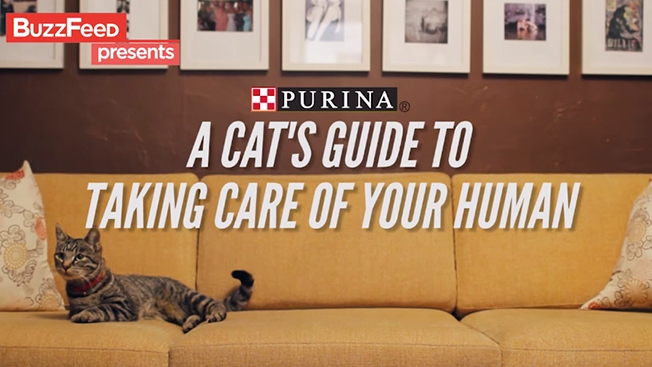Panel Topic: How do new forms of storytelling engage publics in new ways?
Key Points:
- For people reading stories on their phones or mobile devices, it can be very hard to stick with a story that's a block of text no matter how well it's reported.
- Four recommended storytelling tools for journalists: Storify, Autotune, Google News Lab, and Gifs.
- Storify: Recommended use for breaking news on social media.
- Live blog stories that combines traditional storytelling with engaged audiences.
- Involves real-time collaboration.
- Capacity to search social media for any topic, then drag and drop within its story editor to build a story.
- Create multimedia timelines that show the unfolding of event
- EX: https://storify.com/cmgnationalnews/report-573d2c3ed7a8a13e588331d8
- Autotune: Recommended for data visualizations.
- Turning text into data visualizations.
- Easy-to-read documentation.
- Google News Lab: Recommended for the discovery of new trends
- Can help to see what people are searching to kickstart new ideas, and see the popularity of search terms.
- Google Maps/Crisis Maps allow journalists to build interactive maps that they can embed in their own story editors and publish.
- The Crisis Map can help journalists visualize and share crisis-related data, and includes relevant information such as shelter locations, weather, evacuation zones, post-event satellite imagery and more.
- Gifs: Recommended for highlighting important parts of the story.
- Readers aren't likely to watch long news related videos, but an article that is accompanied by a gif allows the journalist to pull out the highlights.
In Conclusion:
- These tools allow for journalists to tell their stories in different ways, while being able to cater their stories in the way they like
- New ways to reach readers
- Interactive
Visuals:
Questions:
- Do you think these digital storytelling tools are going to soon take over the traditional journalism space? Will they be quickly adopted by new journalists entering the work-force?
- Would you be more inclined to read an article that used these digital storytelling tools rather than a traditional article?
Sources:
Truong, E. (2016, January 25). Starter storytelling tools for new journalists. Retrieved May 19, 2016, from http://www.poynter.org/2016/starter-storytelling-tools-for-new-journalists/392821/
https://storify.com/





